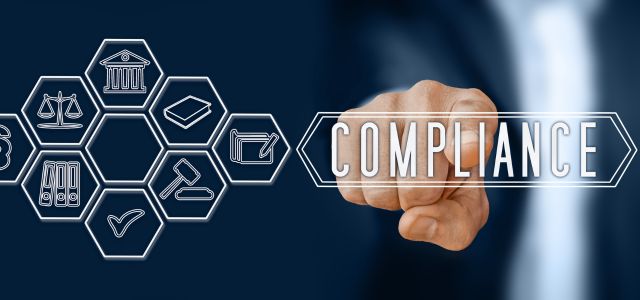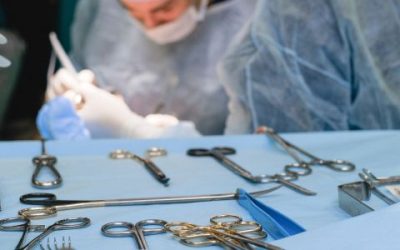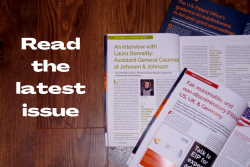In the realms of technology and innovation, patents offer the lifeblood that propels forward progress. Patent holders are granted an exclusive right to their invention, providing them with a distinct market advantage. However, when these inventions are borne out of federally funded research, the implications extend far beyond an individual or corporation’s reach. This is where the Bayh-Dole Act (“BDA”), officially known as the Patent and Trademark Law Amendments Act, comes into the picture.
The BDA, co-sponsored by US Senators Birch E. Bayh, Jr. (D-IN) and Robert J. (“Bob”) Dole (R-KS) and enacted in 1980, reshaped America’s innovation landscape by allowing universities, non-profit organizations, and small businesses to retain ownership of inventions from federally funded research. The BDA facilitated a surge in technology transfer, directly contributing to technological advancements and economic growth.
Nevertheless, these rights come with specific responsibilities – the BDA mandates patent holders to comply with specific requirements to maximize public benefit from federally funded research. Therefore, understanding and complying with the BDA is critical for patent holders.
Firstly, the BDA obliges patent holders to pursue the commercialization of their inventions diligently. This requirement ensures that the patented technology is made available to the public, thereby contributing to societal progress. Non-compliance could lead to “march-in rights,” where the federal government, under certain conditions, can license the patent to other parties to expedite the technology’s availability. Therefore, patent holders must exhibit adequate efforts to commercialize the invention to retain exclusive rights.
Secondly, the BDA mandates reporting patented inventions’ utilization to the federal funding agency. This reporting obligation ensures transparency in applying federal research funds and tracks the impact of the resultant inventions. By requiring this level of accountability, the BDA maintains a balance between private gain and public benefit, reinforcing the ethos that public-funded research should primarily serve the public interest.
Moreover, the BDA has a preference for US industry. Inventions should be manufactured substantially within the US, promoting domestic economic growth and job creation. This clause aligns with the BDA’s intention of bolstering the national economy by commercializing federally funded research outputs. Note that obtaining a “waiver” of this preference is possible from the funding agency.
Lastly, the BDA encourages sharing benefits with the inventor(s) themselves. A portion of the income generated from the patented technology is expected to be shared with the inventor(s), fostering an environment of recognition and incentivization, which is pivotal for sustaining and encouraging innovation.
Failure to comply with these conditions can lead to severe consequences, including loss of patent rights. Hence, adhering to the stipulations of the BDA is not merely a legal obligation but also a strategic move for patent holders.
Some of the essential conditions include patent filing- and prosecution-related notification requirements and annual reports related to the development of the patented technology. The submission of such notifications and reports is facilitated by the US government’s electronic iEdison system, which is hosted by the US National Institute of Standards and Technology (NIST) (nist.gov/iEdison).
In conclusion, the BDA underscores the symbiotic relationship between federally funded research and societal benefit. While the BDA allows patent holders to exploit their federally funded inventions commercially, it simultaneously demands a level of responsibility towards broader societal and economic goals. It promotes a spirit of collaboration, transparency, and benefit-sharing, fostering an ecosystem where individual inventors and the public prosper. Consequently, understanding and adhering to the various reporting requirements of the BDA is imperative for maintaining patent rights and instrumental in aligning the objectives of the patent holder with that of the broader community.

Written by Mark G. Bloom, CLP®, RTTP™
Registered Patent and Trademark Attorney
You may also like…
Pravin Anand conferred with the APAA Enduring Impact Award
Pre-eminent IP Lawyer and Managing Partner of Anand and Anand, Mr Pravin Anand, has been conferred with the...
The quiet power of confidentiality clubs in SEP litigation
In standard essential patent (SEP) disputes, especially those involving FRAND (Fair, Reasonable, and...
A $10 million patent win reduced to a $1 lesson in damages
In a decision that will resonate as a stark warning to patent litigants, the US Court of Appeals for the Federal...
Contact us to write for out Newsletter













